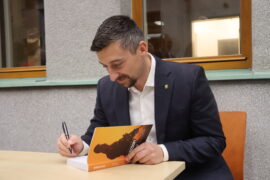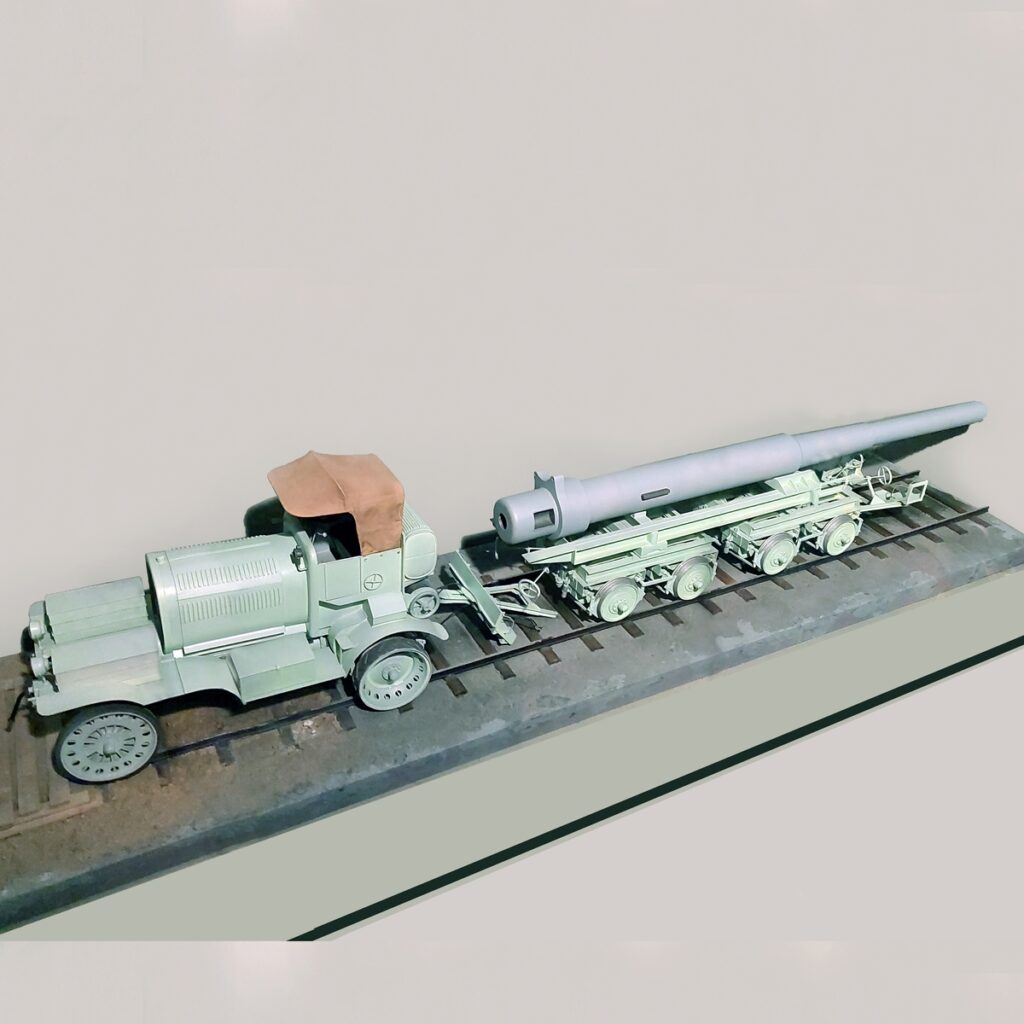
05 Model of Austro-Hungarian Petrol-electric Train, Daimler-Landwehr-Zug, with Barrel of Škoda Gun 1916 Model, Calibre 24 cm
Fotogalerie
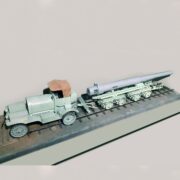



The design and production of the special two-way vehicles was undertaken by the Austro-Daimler engineering plant in Vienna. Three people were involved in the construction. Lieutenant Ottokar Landwehr von Pragenau had the leading idea for the layout of the cars. Another designer was engineer Ferdinand Porsche. He designed the electric transmission from the petrol engine to the electric traction motor on the axle. This did not concern only the driving axle of the tractor, but also to the other axles in the tractor set. The overall production concept and drive was then determined by engineer Paul Daimler, owner of the factory in Vienna. This design was granted patent protection under the type and trade name “Daimler-Landwehr-Zug”. In 1908, the first “road train”, designated A-zug, was built according to this design. In 1913, the Czech arms factory Skoda Plzen joined Austro-Daimler. The company specialised in the production of heavy gun tractors for the Austro-Hungarian army in Vienna. In 1913, a modernised version of the Daimler set was created under the designation B-Zug. After successful trials of three prototype B-Zug sets, series production for the Austro-Hungarian army began in 1914. In 1914, 21 sets were produced, in 1915 it was 36 sets and in 1916 the last 15 sets. Overall, 73 “Daimler-Landwehr-B-Zug” sets were produced at the Autro-Daimler Wiener Neustadt factory.
Aktuálně
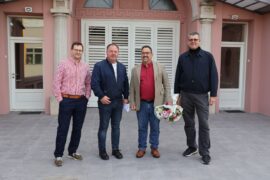
Výzkum u českých krajanů v Chorvatsku
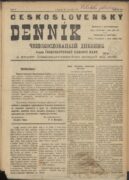
Československý deník sehrál v životě legionářů v Rusku velmi důležitou roli. Poprvé vyšel v prosinci 1917

Děkujeme za podporu pro válečné veterány. Sbírka DiGiMÁK vynesla 450 tisíc korun
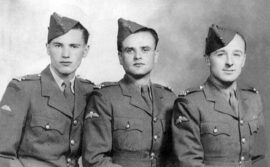
Tak trochu zamrzlé spojení
